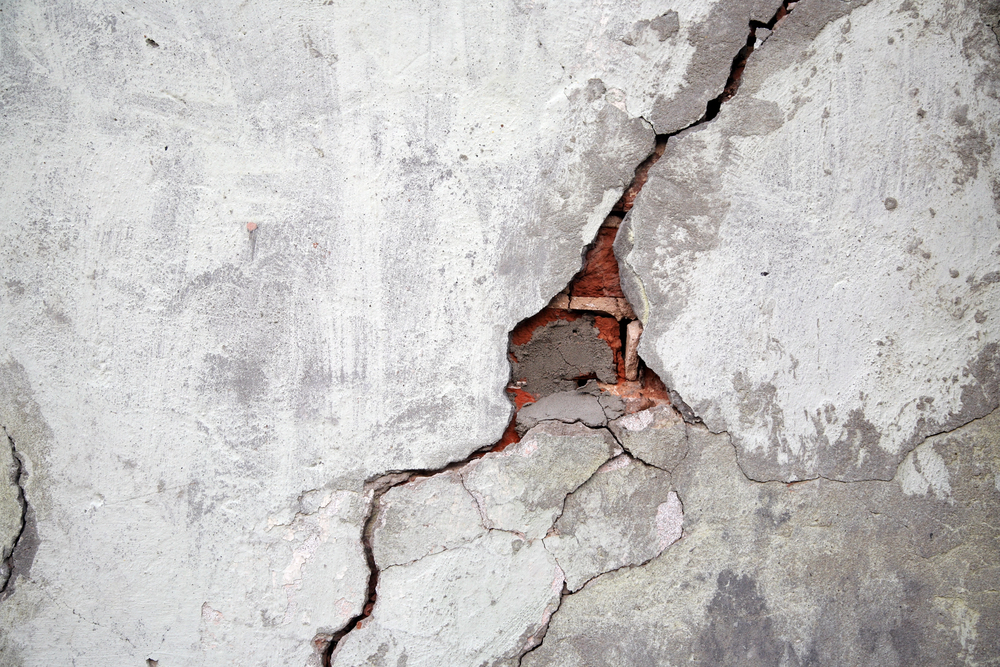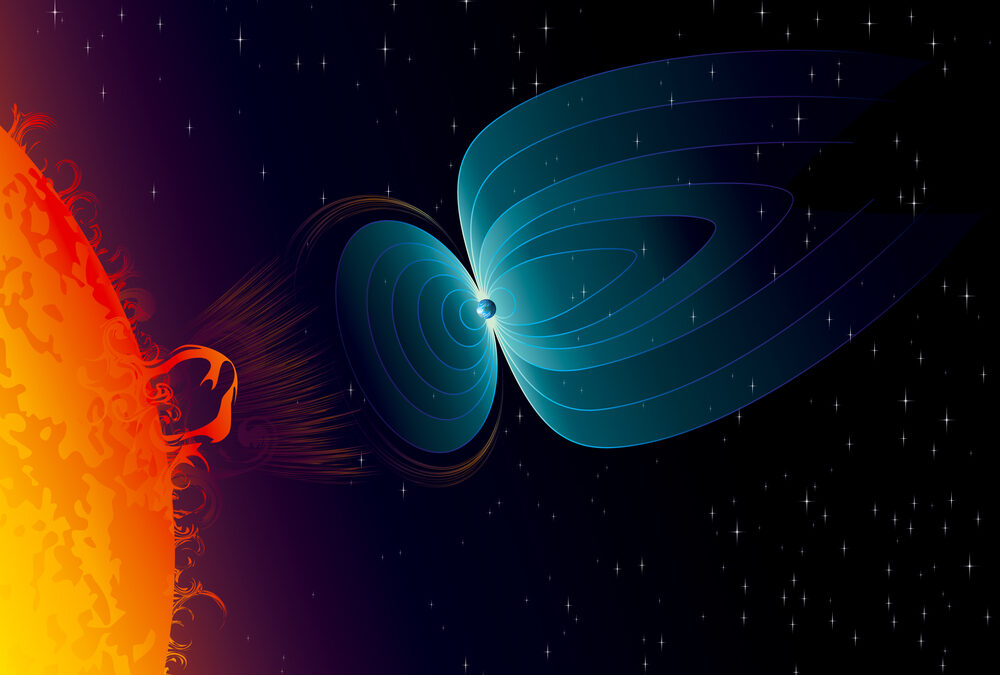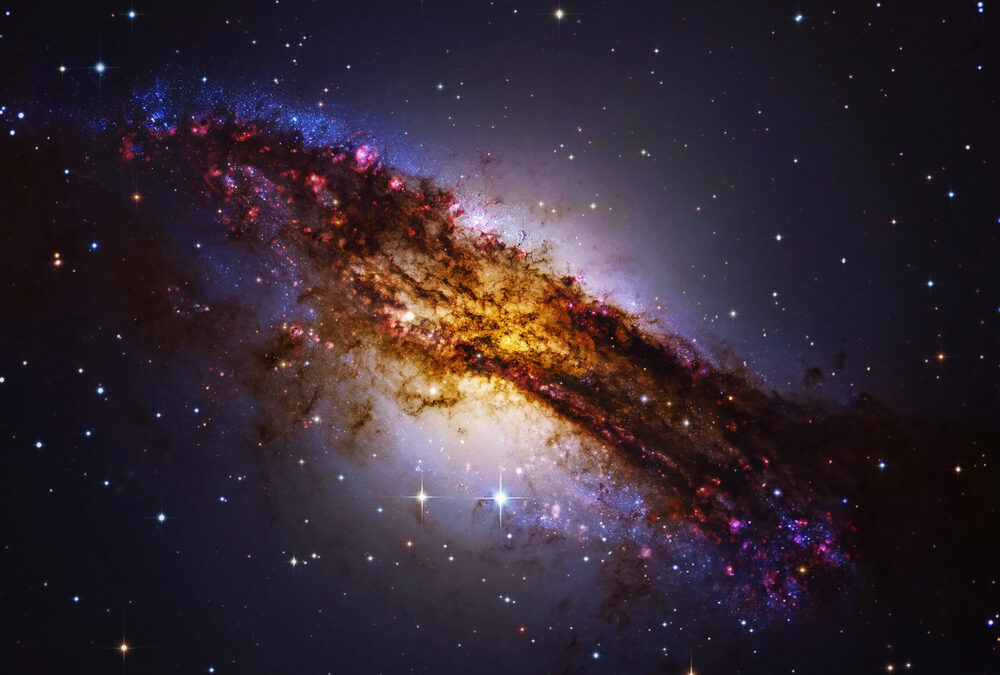
by Iliyah Maddox | Nov 1, 2024 | engineering and tech, physical sciences
Dimpled surfaces offer a useful and easily implementable way to reduce friction between lubricated surfaces as they slide over each other. Through cutting-edge simulations, Dr. Robert Tomkowski and colleagues at the KTH Royal Institute of Technology in Sweden explore how the microscale structures of surface dimples can be optimized to minimize friction. Their findings could help to reduce wear in mechanical systems, while also making them more energy efficient.

by Iliyah Maddox | Oct 25, 2024 | engineering and tech, physical sciences
As an inherently brittle material, concrete often needs to be replaced after just a few decades: driving a demand which incurs significant costs for Earth’s climate. Through their research, Professors Suzanne Scarlata and Nima Rahbar at Worcester Polytechnic Institute, Massachusetts, introduce a new mechanism that allows concrete to quickly repair itself, with the help of an enzyme vital to the function of living cells. This approach could help to reduce the world’s insatiable demand for concrete.

by Iliyah Maddox | Oct 18, 2024 | engineering and tech, physical sciences
In principle, travelling wave reactors offer a safe, highly efficient approach to generating nuclear power. However, development has been held back by a variety of challenges linked to the need for extensively high burn-up in the reactor core, meaning very high rates of generated energy which can damage the reactor. Inspired by the principles of Tai-Chi, a team led by Di Yun from Xi’an Jiaotong University has shown that with the right approach, a high temperature operation, usually deemed as a threat, can be transformed into useful advantages, bringing the practical rollout of travelling wave reactors one step closer to reality.

by Iliyah Maddox | Oct 11, 2024 | physical sciences
In 2009, astronomers detected a mysterious source of high-energy, chargeless particles, which appeared to originate from the very edge of the solar system. Through fresh analysis, Dr Li Lu and colleagues at the Chinese Academy of Sciences have discovered that this distance may be an illusion, created by an effect relating to the solar wind as viewed by the commonly used parallax method. If correct, the team’s theory suggests that the as-yet enigmatic signal could actually originate from a source just beyond Earth’s atmosphere.

by admin | Sep 25, 2024 | physical sciences
Outdoor swimming pools are enjoyed by millions of us, but it is often challenging to maintain comfortable temperatures across different climates and weather conditions, which can drastically vary the rate of heat transfer away from the water. Through their research, a team led by Prof. Hui Tong Chua from The University of Western Australia has introduced a new empirical model that can accurately predict this transfer of heat, accounting for weather conditions and the surrounding environment. They hope that their model could improve the efficiency of outdoor pool heating systems, helping them to become more sustainable.

by admin | Sep 24, 2024 | physical sciences
Astronomers know that the nearby Centaurus A galaxy contains a supermassive black hole at its centre, but there are several unusual and mind-boggling features in the detailed picture that was recently made of this galaxy’s core, which have yet to be explained. To understand these anomalies, Dr David Anthony Cosandey, an astrophysicist at the Zurich Higher Education Centre, suggests that the galaxy actually contains a pair of supermassive black holes which will eventually merge into a single object. If his theory is confirmed, Centaurus A could not only host the tightest orbiting pair of these immense objects ever discovered; this pair of giant black holes would also be by far the nearest to us that we know of.






